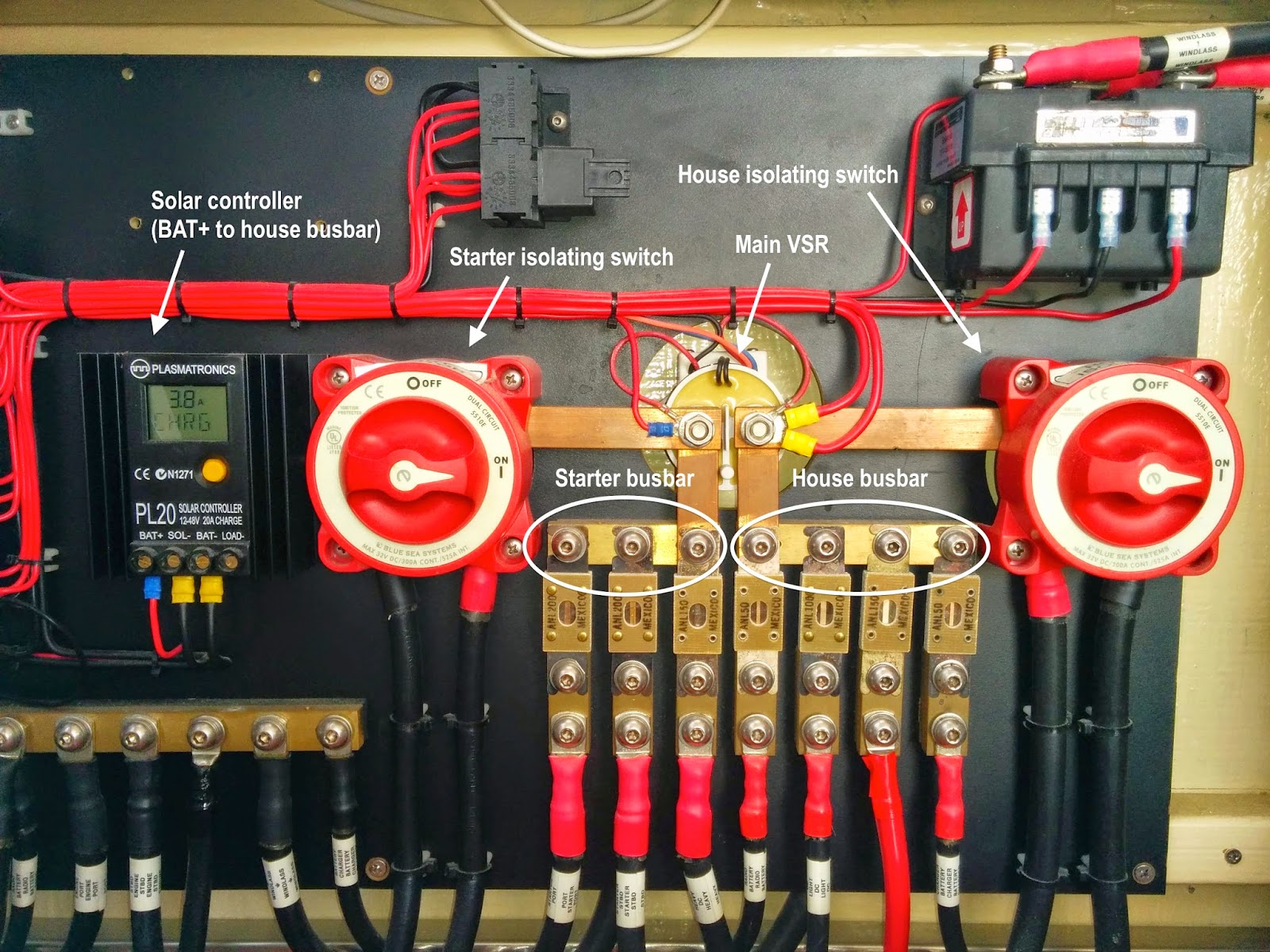Safeguarding Your Vessel: A Guide to Boat Electrical System Grounding
Ever wondered about that inconspicuous green wire snaking through your boat's electrical system? It's more than just a wire; it's your vessel's lifeline against electrical hazards. Understanding how to properly ground a boat's electrical system is crucial for safety and the smooth operation of onboard electronics. This comprehensive guide will delve into the intricacies of establishing a reliable ground, ensuring your boating adventures are both enjoyable and safe.
Electrical systems on boats are exposed to harsh marine environments, including saltwater and moisture. These conditions can quickly lead to corrosion and electrical faults. A proper ground connection provides a low-resistance path for stray currents to return to the source, preventing dangerous situations like electric shock and equipment damage. Without proper boat grounding techniques, you’re risking potential disasters.
The history of grounding electrical systems, even on boats, parallels the development of electricity itself. Early boat electrical systems were basic, and grounding wasn't always prioritized. However, as onboard electrical systems became more complex, the importance of grounding for safety and performance became clear. Grounding is establishing a safe path for electrical current to flow back to the source in case of a fault, minimizing the risk of shock or fire. Neglecting boat ground wire installation is a major contributor to electrical issues on boats.
Grounding involves connecting all metallic components of the boat's electrical system to a common ground point, usually the negative terminal of the battery. This creates a safe return path for fault currents, protecting both people and equipment. A common misunderstanding is that the water itself acts as a ground. While water conducts electricity, it's not a reliable or safe grounding path. Dedicated grounding wires and connections are essential for effective protection.
Effective grounding ensures a safe return path for current, preventing dangerous voltages from building up on metallic surfaces. This safeguards against electric shock, especially important in a wet environment like a boat. It also protects sensitive electronics from damage caused by voltage surges and stray currents. A correctly grounded system provides a stable electrical environment, crucial for reliable operation of onboard equipment.
Three key benefits stand out: enhanced safety, protection of electronics, and improved system performance. Safety is paramount, as a solid ground minimizes the risk of electric shock. Protection of electronics is ensured, as grounding diverts potentially damaging surges and stray currents. Finally, a well-grounded system ensures efficient and reliable performance of all electrical devices.
Creating an action plan for grounding your boat's electrical system begins with an inspection. Check all existing grounding wires for corrosion, damage, or loose connections. Ensure all metallic components, including the engine block, are connected to the common ground point. Use marine-grade wiring and connectors designed to withstand the harsh marine environment. An example of a successful grounding system is one where all components are securely connected with clean, corrosion-free connections, and a low-resistance path back to the battery is established.
A step-by-step guide would include: 1) Inspecting existing wiring, 2) Cleaning or replacing corroded connections, 3) Connecting all metallic components to the ground bus, and 4) Verifying continuity with a multimeter. Regular inspection and maintenance are essential to ensure the system remains effective.
Advantages and Disadvantages of Proper Boat Electrical Grounding
| Advantages | Disadvantages |
|---|---|
| Enhanced safety against electric shock | Initial cost of materials and installation |
| Protection of sensitive electronic equipment | Requires regular inspection and maintenance |
| Improved system performance and reliability | Can be complex in larger or older boats |
Best practices include using marine-grade wiring, ensuring clean connections, and regularly inspecting the system. Real-world examples could involve grounding a newly installed trolling motor or addressing a recurring electrical fault by improving the ground connection. Challenges might include dealing with corrosion in older boats or finding suitable grounding points in tight spaces, with solutions involving specialized cleaning products or adding dedicated ground buses.
Frequently asked questions often include topics like the importance of a dedicated ground bus, the proper size of grounding wires, and the best methods for corrosion prevention. Tips and tricks could involve using dielectric grease on connections or installing a galvanic isolator to protect against stray current corrosion.
In conclusion, establishing a proper ground for your boat's electrical system is not just a good practice; it's essential for safety and functionality. By understanding the principles behind grounding and taking the necessary steps to ensure its integrity, you protect yourself, your passengers, and your valuable electronic equipment. A properly grounded system minimizes the risk of electric shock, prevents damage to electronics from surges and stray currents, and ensures the reliable operation of all onboard electrical devices. Invest the time and effort to establish a robust grounding system, and enjoy the peace of mind that comes with knowing your boat is electrically safe. Don't neglect this crucial aspect of boat maintenance; it's an investment in safety and long-term enjoyment of your time on the water. Regularly inspect and maintain your grounding system to ensure continued protection and reliable performance. Take the time to understand your boat's electrical system, and don't hesitate to seek professional help if needed.
Unlocking your dream boat financing a used vessel
Farrowing balls and pigeons an unexpected pairing
Outfit dress to impress roblox a guide to digital style









